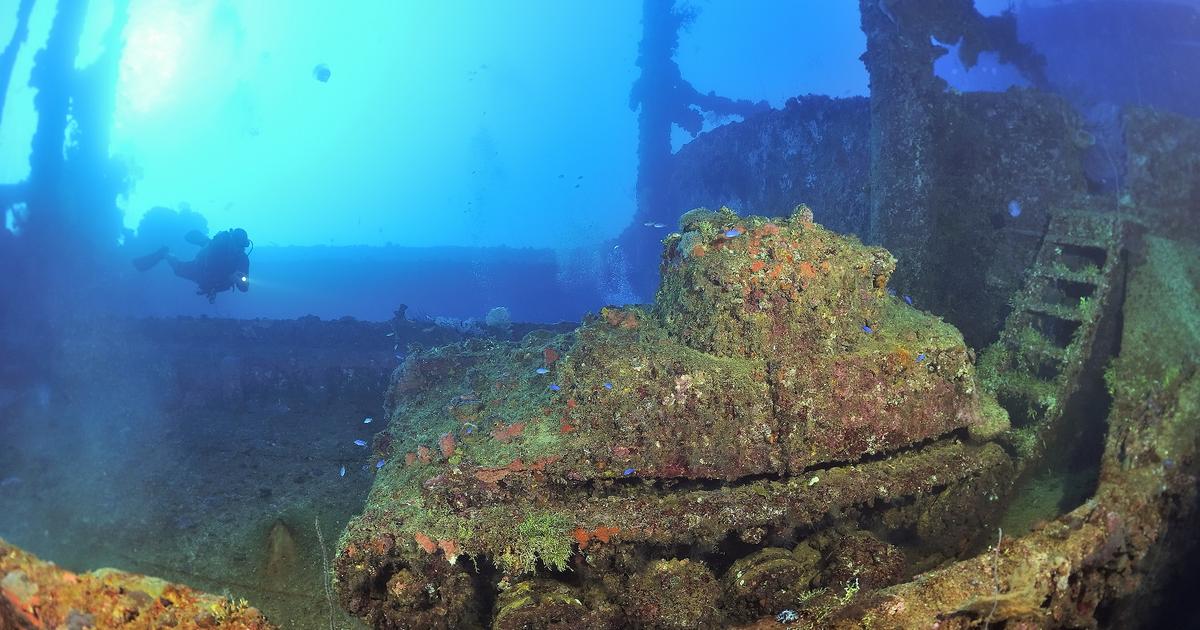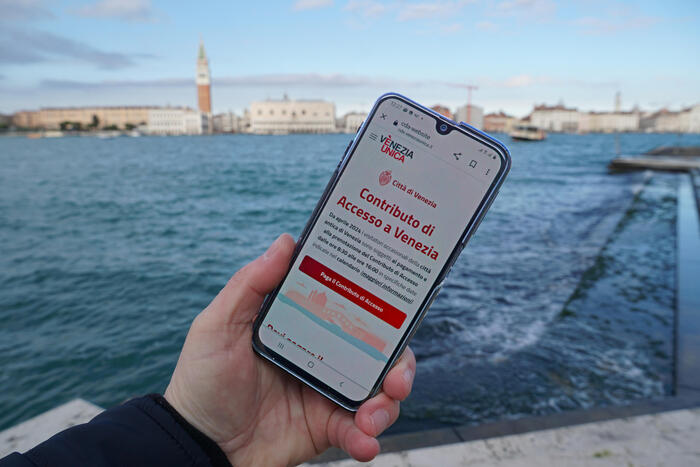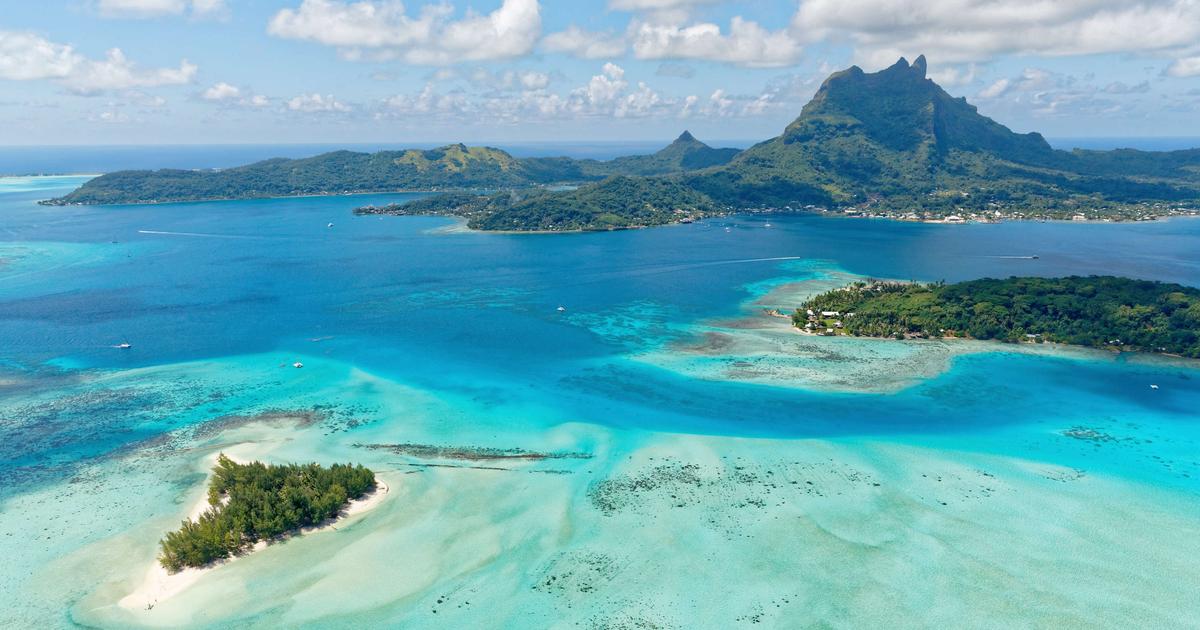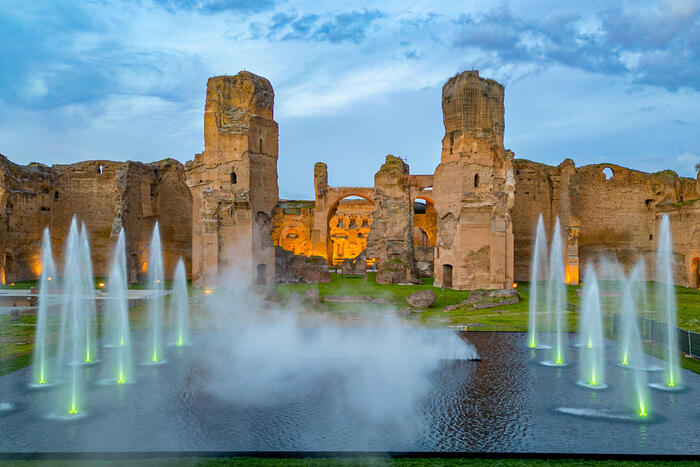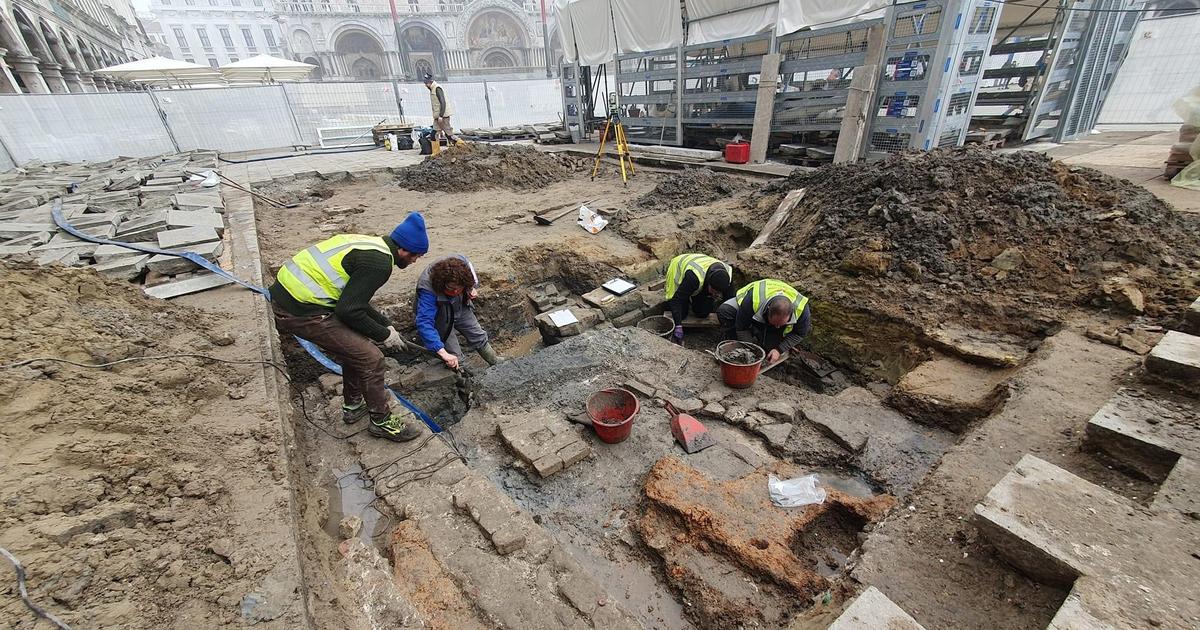February 1944. Three years after Pearl Harbor, the Americans launched Operation Hailstone on Chuuk (named Truk until 1990), one of the four federated states of what is now Micronesia.
Objective of this major attack: destroy the naval base of the Japanese who control these islands on the edge of the Pacific.
For two days and two nights, a deluge of bombs fell continuously on the archipelago, the Japanese fleet and the unfortunate Chuukees.
From this human drama, which was also an ecological disaster, was born the largest cemetery of wrecks from the Second World War.
A Grail for diving enthusiasts that the writer and journalist Adrien Gombeaud went to discover.
But his
Micronesia
is much more than an underwater adventure story.
He explores the depths of this haunted ocean as much as those of the human soul.
Aboard the
SS Thorphinn
, between two immersions, the author travels in all weathers, summoning in turn Magellan, Loti, Stevenson, Hiro Hito and his warlords, heroes and executioners, simple fellows caught in the nets of the History and even Commander Cousteau's crew!
Against a backdrop of paradise, a tremendous immersion in the madness of men.
And their genius, too.
Read alsoIn Micronesia, diving into the empire of wrecks
LE FIGARO. - You were introduced to diving late. What motivated you? And why did you target Micronesia for your first underwater trip?
Adrien GOMBEAUD. -
When you reach a certain age, you have to face the facts: you will never be the first journalist or writer sent into space!
So if you want to write about a world different from ours, diving offers a great alternative.
More concretely, it often appeared to me during my travels that a part of the landscape or even of life escaped me.
It struck me in Greenland and in Antarctica, I couldn't see the famous “hidden part of the iceberg”.
In addition, learning to dive was a good way to renew myself as an author, to be able to describe other sensations, other landscapes, other colors... And so this is how, around the age of 45, I pushed the door of a diving club.
Then, looking for a subject, I learned the
existence of this lagoon in Micronesia.
It was both a diving spot and a place of memory.
It seemed to me that there was a good subject there for writing an article… After two days there, I understood that I would even have enough material to write a book.
There is this nature, this sky, this heat watered by tropical rain.
And then, hidden under water, the scene of a particularly savage battle.
You highlight the difference in perception that exists between the discovery of Machu Picchu or the temples of Angkor, which you qualify as “organized ruins”, and the exploration of a wreck at the bottom of the sea, an intact place of memory. Are the oceans the last place to find the essence of travel and what makes it salt?
I think so… Waiting for space tourism!
Places like the temples of Angkor or Machu Picchu are magical.
However, we know that much of this magic happens in our minds.
If you cast a dispassionate look at these ruins, you will see mainly other tourists and souvenir shops.
Moreover, these ruins are no longer really ruins, they have been fitted out to accommodate many tourists and they are, fortunately for the heritage, maintained.
The work of time is therefore somehow channeled there.
When we visit them, we have to make the effort to erase more or less all that.
In his famous photos, Martin Parr awakens us to the way our gaze "cleans" these mythical places, erasing part of the reality that surrounds us.
VS'
is both hilarious and downright terrifying.
The wrecks, on the other hand, are more difficult to access, since you have to learn to dive to visit them.
Even if this hobby is developing and if technology has made it more accessible to the general public, we can, I think, find in a lagoon like Chuuk, the wonder that must have been felt by the first visitors to the great mythical places, just before the mass tourism.
This feeling of being alone in front of History.
wonder that the first visitors to the great mythical places must have felt, just before the massification of tourism.
This feeling of being alone in front of History.
wonder that the first visitors to the great mythical places must have felt, just before the massification of tourism.
This feeling of being alone in front of History.
Sprinkled with moving testimonials,
Micronesia
depicts the horrors of war, colonization, uprooting… Even tackling the dichotomy of paradise and hell in the territories of the Pacific.
Is it quite a trip, between wonder and darkness?
I hadn't traveled much to these southern islands before, but I've always been fascinated by this dichotomy.
Twenty years ago, I visited an exhibition on this subject at the Museum of Arts of Africa and Oceania entitled “Cannibals and Vahines: imagery from the southern seas”.
It interested me a lot.
On the one hand, these tropical islands respond to the cliché of paradise on earth with sand, translucent water, sun, lush vegetation.
It is the cliché of the Vahine that travelers see as a sort of Eve in a Garden of Eden.
On the other hand, these islands have often been presented as a place of absolute savagery and danger.
It's the cliché of the cannibal.
Stevenson, one of my favorite writers, ended his days in Samoa.
He had written
"Dr. Jekyll and Mr.
and it's a bit like the double personality of these islands in the collective imagination.
In Chuuk, it is particularly striking: there is this nature, this sky, this heat watered by tropical rain.
And then, hidden under water, the scene of a particularly savage battle.
These corals, connected to each other, formed a single organism, like a small living city growing on the corpse of what men had abandoned.
Chuuk was summed up there
A diver and cartridges in the "Sankisan Maru".
Pascal Kobeh
Among the hundred shipwrecks lying in the lagoon of Chuuk, which marked you the most?
I remember the mast of the Hoki Maru, covered in coral, it was a true work of art made by nature.
But I was very moved by a more discreet wreck.
That of the Emily plane, which is, for connoisseurs, a Mitsubishi M4Q Kasei 22. It is an extraordinary plane, practically invincible.
A veritable flying fortress that American soldiers called the “porcupine”.
I don't know anything about aeronautics, however by passing my hand over the wing, I could feel how it was designed to hug the air.
The metal showed absolutely no roughness under my fingers.
I had the feeling that I was looking at an almost perfect form, a splendid line, worthy of a sculpture by Brancusi or the steps that opera dancers sometimes take.
In front of such a plane, we
imagine the hours of work, the human genius mobilized to design such an ingenious aerial machine.
And then, one thinks that other machines, just as sophisticated, were designed by other men to destroy this prodigious machine.
All this to end up at the bottom of the sea in rust and oblivion.
I was diving two or three times a day.
And going up, towards dusk, I was sometimes seized with great melancholy.
Not just thinking of all the dead in that particular war, but also what this place says about our humanity… Its fascinating ability to build great things and its stubbornness to ruin it all.
equally sophisticated, were designed by other men to destroy this prodigious device.
All this to end up at the bottom of the sea in rust and oblivion.
I was diving two or three times a day.
And going up, towards dusk, I was sometimes seized with great melancholy.
Not just thinking of all the dead in that particular war, but also what this place says about our humanity… Its fascinating ability to build great things and its stubbornness to ruin it all.
equally sophisticated, were designed by other men to destroy this prodigious device.
All this to end up at the bottom of the sea in rust and oblivion.
I was diving two or three times a day.
And going up, towards dusk, I was sometimes seized with great melancholy.
Not just thinking of all the dead in that particular war, but also what this place says about our humanity… Its fascinating ability to build great things and its stubbornness to ruin it all.
Besides, Emily is a small wreck compared to the huge boats that I have been able to explore.
So, past this emotion, I took the time to take a good look at the coral.
And there, it occurred to me that there was another form of construction, another non-human “genius” at work.
These corals, connected to each other, formed a single organism, like a small living city growing on the corpse of what men had abandoned.
Chuuk was summed up there: nature, very slowly, was reclaiming its rights over the ruins of humanity.
What would you recommend to those wishing to follow in your footsteps in Micronesia?
Chuuk offers a magnificent spectacle for the eyes with these fish, this coral, these machines… You don't need to be an excellent diver to enjoy it.
The water is at a pleasant and constant temperature, the place is sheltered and there is no current.
My first recommendation would be to not be afraid to go there, even if the photos look impressive, it is an adventure within reach of palms.
However, I think that to make this trip truly unforgettable, you have to work on the subject a little.
At home, at school and in our libraries, the Second World War is mainly approached from a European and largely French point of view.
But one can easily find a whole literature on the War of the Pacific and many films also like
"The red line"
of Terence Malik which I adore and which I quote at the end of
"Micronesia"
... With these images and this history in head, we can go beyond photogenics and better understand this very special and tragic place.
Chuuk is both a magnificent diving spot and a place of memory.
It can be visited a bit like the Landing beaches or the trenches, it is an appointment with history that has to be earned.
Read alsoScuba diving: the five wrecks to see once in your life
(1)
Micronésie
by Adrien Gombeaud, MAGELLAN & Cie, 132 pages, 15 euros.
Micronesia
, by Adrien Gombeaud.
Photo press / Magellan and Co.

